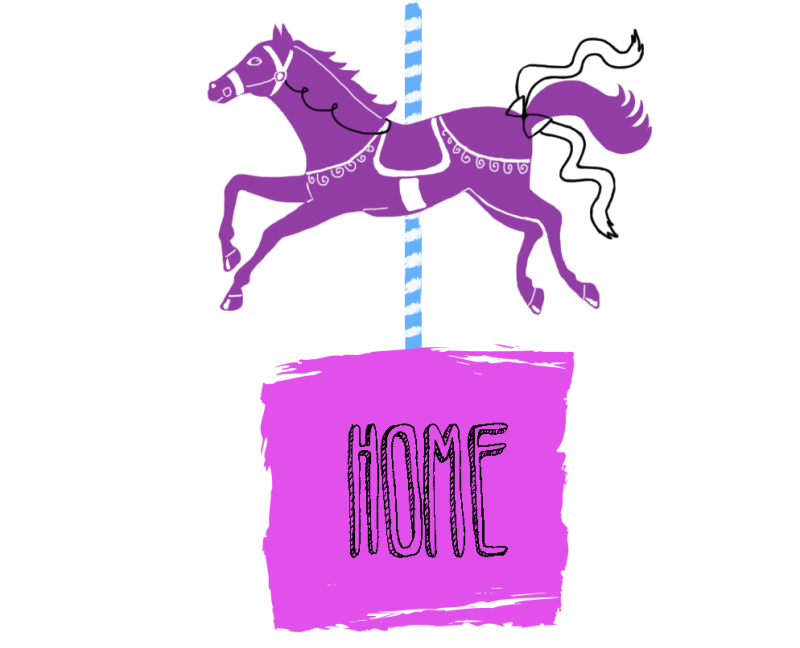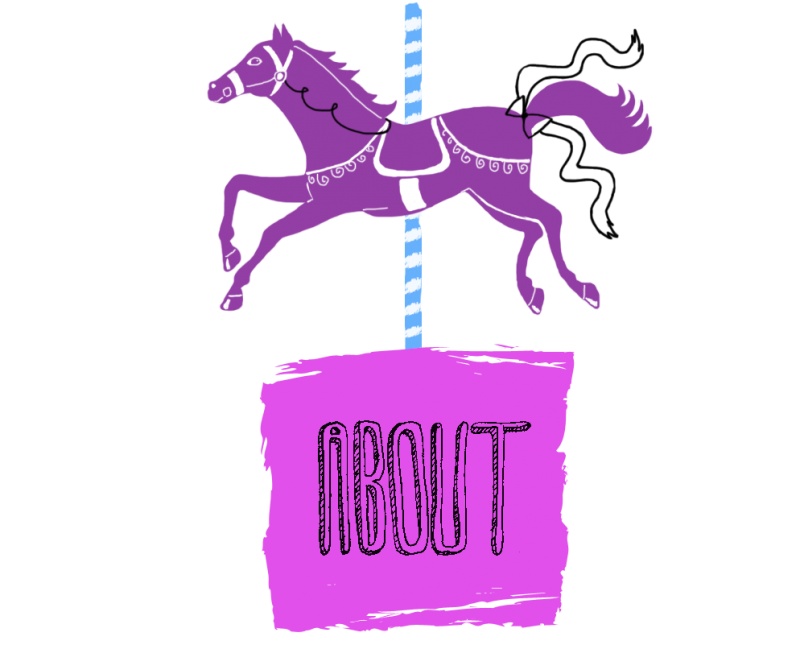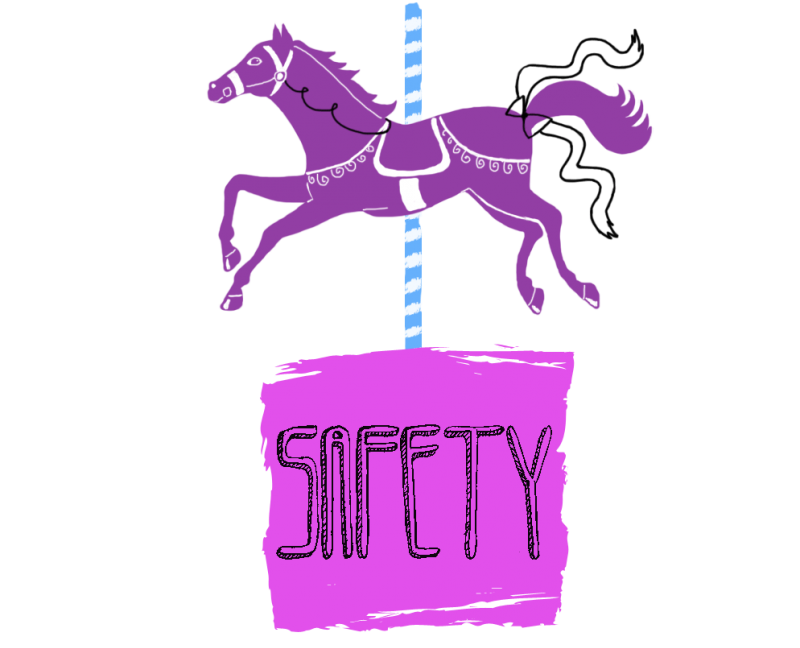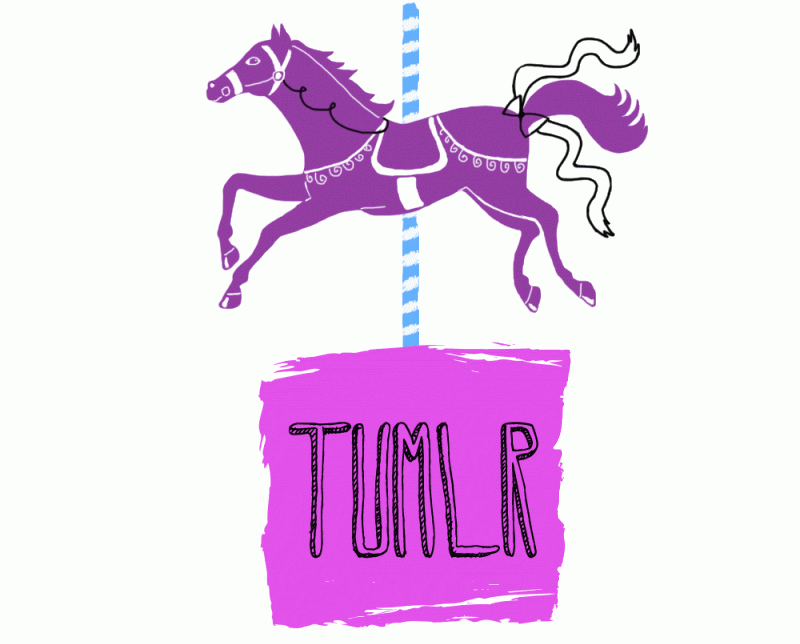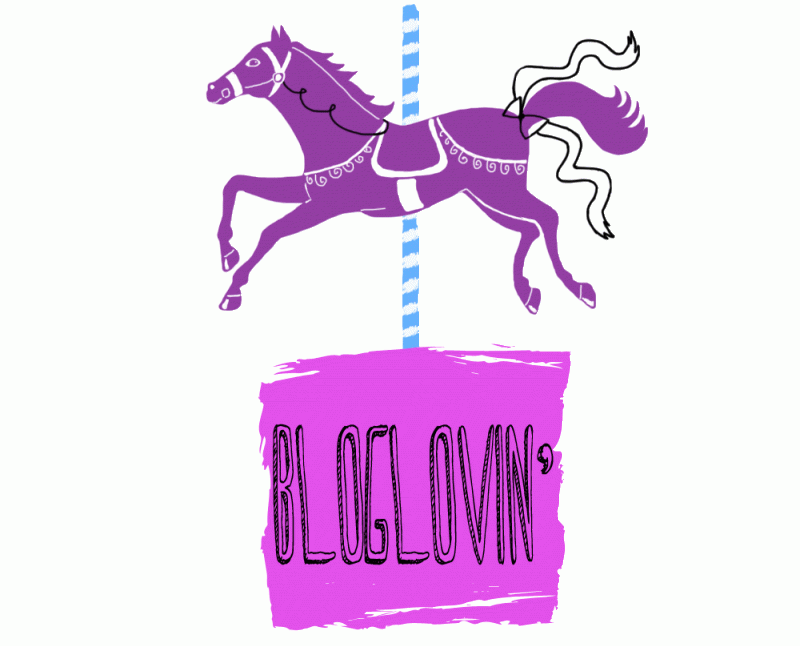Much of my first foray into circus was spent primarily with what is considered flow arts. Hooping, poi, juggling, fans and devil sticks all fall into this category. They are called flow because innovation through free manipulation of the tools is encouraged. I enjoy this area of practice because you are encourage to try new things even if you are not sure of the outcome because the penalty for failure is low. I find the surprises that were unplanned to be some of the most rewarding during any flow session.
 |
| Deep Ellum play time Photo by Hannah Havok |
When I decided to take up aerial arts there was a completely different mind set because you must carefully consider each move before execution to ensure your own safety. Even if you are not sure if you can accomplish a trick you still need an exit strategy. In order to perform publicly you need to be able to plan at least some rudimentary choreography you can call on in the air.
At first I was completely overwhelmed at the idea of needing routines and structuring them from scratch. Here are some steps I have found that help me organize my thoughts when planning choreography.
 |
| MTPS 2013 Photo by Don Curry |
Duration
This is probably one of the first things I consider when planning any routine. You want to consider how much stamina you have to perform the routine. Do not plan a routine that is so long your exhaust yourself and then leave your audience with an overwhelming feeling of “meh” because you can not finish strong.
Music
Once you have determined the duration of your performance you can now select some accompaniment. This is probably the most fun part of the process but also tricky. Remember to consider each song as a whole. It might have a catchy hook that’s fun to sing along with in the car but will be repetitive to the audience after the first refrain. What I usually look for in a song for performance is one that has several distinct moods within the song. Changes in instrumentation or tempo are usually good candidates that give you options for striking poses or switching between actions and styles.
Pacing
Consider where you want to put your tricks. If you have some really tough inversions you might want to put them earlier in the performance when you have the most amount of stamina. Alternatively if you have a really large drop or something where you are going to lose height it might make sense to do those later in the routine. My suggestion is to pick a few key moves you think will compliment each other during the routine fill in the rest of the performance around them
 |
| MTPS 2013 Photo By Don Curry |
Less is more
When you start to design your routine don’t get caught up in trying to add too many tricks. Often tricks take longer to execute than you would anticipate and adding content to a routine is far easier than trying to take out material later. Your movements from one pose to the next are as much a part of the routine as the tricks. You never want to look like you are rushing to make it to your next position in time so give yourself some breathing room. Do not be afraid to hold poses or move slowly so the audience can see what you are doing and enjoy your actions.
Flexibility
It is not only important to be flexible body but also in mind so be open to changes in your choreography. All of my routines have experienced a major change at some point during the rehearsal process and have been better for it. Once you have your first round of choreography take a look at the routine for anything that does not work. If something look awkward or wrong try experimenting with different tricks or order to your routine. Don’t ever get so attached to a trick that you are afraid to move it or lose it.
 |
| Rehearsal at Lone Star Circus |
Choreography is not something I previously had a lot of experience with but when you are going to perform it quickly become a necessity. There are probably more formal ways to approach this process but I thought I would share some techniques that have worked for me thus far. What techniques do you use when planning to put on a show?

